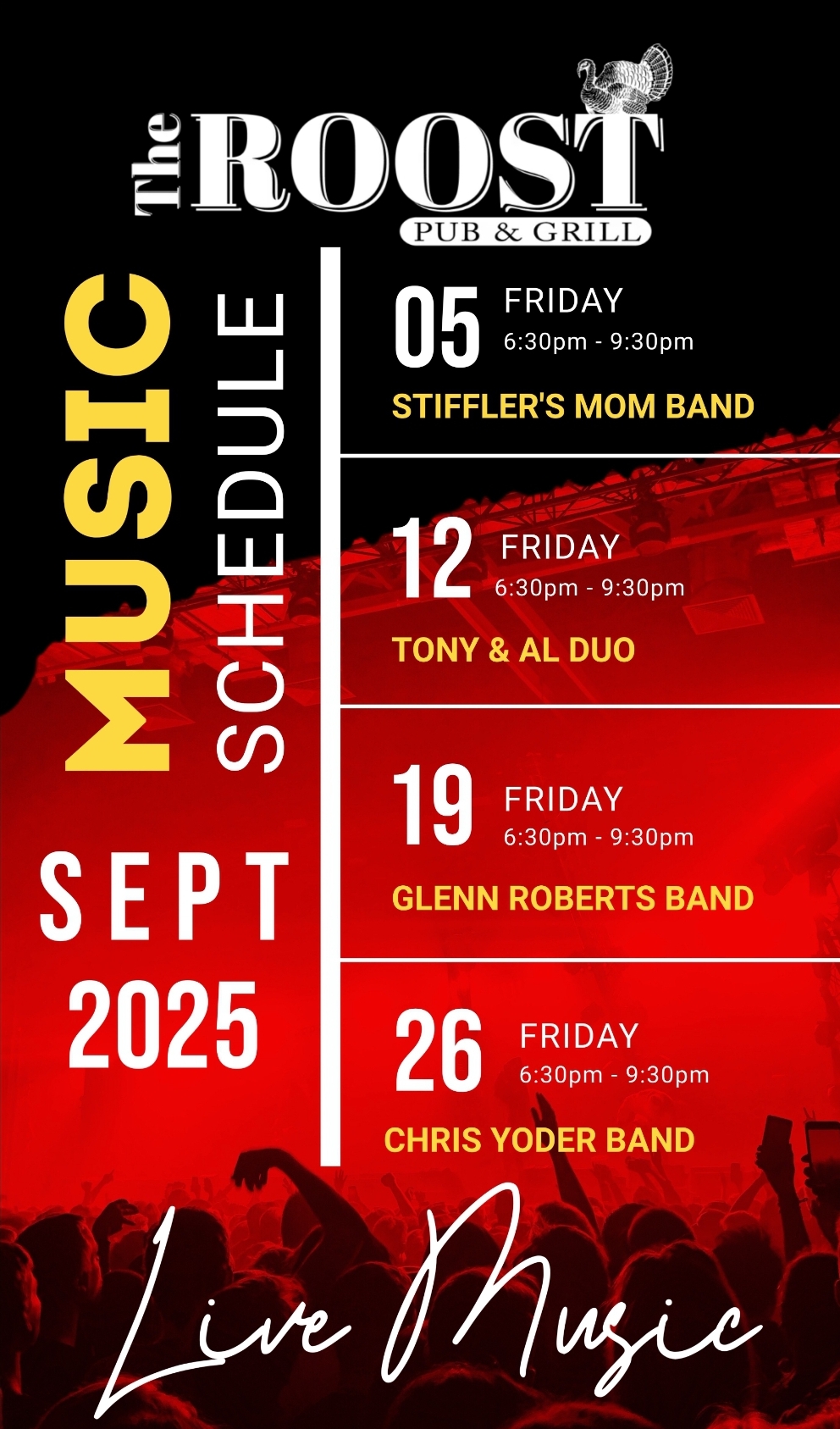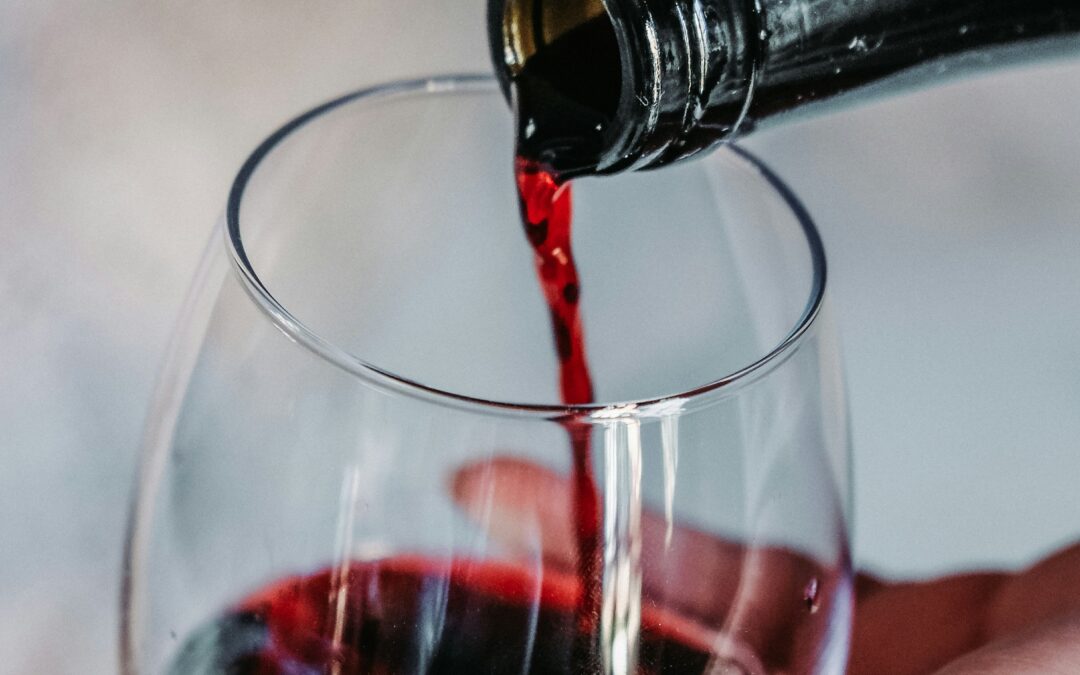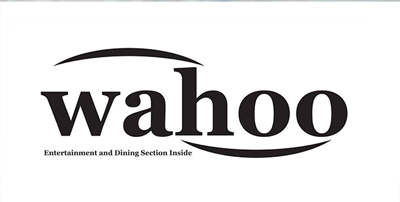Drink Up!
“I’m calling an audible,” indicates a spontaneous change of action based on an unexpected situation. Someone who knows the language of football would understand, while others may not. Every sport, discipline, and industry has its own language, including wine. Over the next few weeks, I will explain some of the key wine terms in hopes of making purchasing wine less confusing.
“Varietal” is a term used to identify the type of grape used in making wine. For almost all wines produced today, wine is the fermented juice of Vitis Vinifera, the common European grapevine that is just one of over 60 species of grapevines found globally. Today, there are more than 1,375 varietals (types of grapes) used for wine production. Of those, six are generally recognized as the Noble grape varietals: Cabernet Sauvignon, Pinot Noir, Merlot, Chardonnay, Sauvignon Blanc, and Riesling. These are widely grown in many parts of the world and are produced both as single-varietal wines and as blends. Noble wines have an exceptional ability to demonstrate the unique characteristics of where they were grown.
When wine shopping, you may notice that some bottles identify a “single varietal” on the label while others say “blend,” or even nothing about varietals at all. Old-world wine countries in particular identify the wine region or appellation rather than the grape varietal. Bordeaux reds, Rhone wines, Champagnes, Riojas from Spain, and Italian Chiantis are traditionally blended wines. The grape blend is sometimes listed on the bottle, though not often.
To make things more confusing, though you frequently see only one varietal labeled, even that does not necessarily mean it is the only grape utilized in that wine. For example, one of my favorite Chianti wines is the Castello Di Volpaia Chianti Classico 2022. Chianti Classico requires that at least 80% of the blend be Sangiovese; this wine is comprised of 90% Sangiovese and 10% Merlot. Another example of a bottle with only one varietal listed is the wonderful Treanna Cabernet Sauvignon 2023 from Paso Robles, California. This wine is actually a blend of 81% Cabernet Sauvignon, 7% Petite Sirah, 5% Merlot, 3% Cabernet Franc, 2% Malbec, 1% Mourvedre, and 1% Syrah. California requires that 75% of the blend be one varietal for that wine to be identified as a single varietal wine. You may be wondering if this means all wine is actually blended: No. Some are true single varietal wines, such as the La Gerla Sangiovese from Montalcino, Italy, which is a 100% Sangiovese wine. However, true single varietals are the exception rather than the rule.
The “vintage” of a wine refers to the year that the grapes were harvested. A wine with no date is called a non-vintage, or NV, wine, which means the juice of grapes from multiple harvests was used in making the wine. This is typically done when the quality of the grapes from a given harvest is not desirable, so the winemaker uses juice from better harvests to enhance the quality of the wine. This is quite common in Champagne, where the weather is quite unpredictable and some harvests are considerably better than others. Winemakers retain the juice from exceptional harvests to add to less exceptional ones.
Weather volatility in wine regions is another reason a vintage date is placed on the bottle. Some vintages are highly priced because the weather was perfect that growing season, resulting in ideal grapes. In regions such as Bordeaux, where winemakers blend varietals, identifying a vintage allows the winemaker to select the various percentages of grapes from year to year to produce the best wine that the harvest can provide. For example, the Chateau Carbonneau Sequoia Bordeaux from Sainte-Foy in the Cote du Bordeaux in France is a blend of 54% Merlot, 32% Cabernet Sauvignon, and 14% Cabernet Franc. The 2020 vintage of that same wine was 62% Merlot, 25% Cabernet Franc, and 13% Cabernet Sauvignon. Though slightly different in composition, both are excellent wines. Vintages allow winemakers to adjust to the grape harvest that year.
There is no single term in English that encapsulates everything that “terroir” has come to mean. It was first used in France in the 13th century to refer to a territory or village, but by the 17th century, it meant land or soil. By the mid-20th century, the meaning evolved further to the total environment that impacts the quality and characteristics associated with the crops grown in that particular area. This includes the soil, climate, elevation, rainfall, temperatures, ambient flora and fauna, microbial life living in the soil, prevailing wind patterns, proximity to bodies of water, and anything else that could affect what grows there.
Let’s look at how terroir affects one varietal: Pinot Noir. Though Burgundy, France, is considered to be the birthplace of Pinot Noir, it is grown in many countries and wine regions. For a Pinot from Burgundy, reach for Domaine Jessiaume Bourgogne Rouge. The soil of the region is known as Kimmeridgian limestone. This soil, along with the climate, environment, and viticultural practices of the region, results in a wine with earthy flavor characteristics. Compare that with the Auntsfield Pinot Noir from Marlborough, New Zealand. This vineyard is 300+ miles closer to the equator than Burgundy. The average annual rainfall is higher, and the average daily temperatures are a bit warmer, resulting in a slightly longer growing season. The result is a more fruity and less earthy wine.
Pinot Noir is also widely grown on the West Coast of the U.S. The Willamette Valley AVA of Oregon is home to the Montinore Estate Winery, an outstanding producer of Pinot Noir. This region’s soil is largely composed of volcanic flow, glacial deposits, and marine sediment. At 45 degrees northern latitude, the temperatures are similar to Burgundy, but the proximity to the ocean and the average annual rainfall are similar to New Zealand. The aroma and flavor profile of the Montinore Pinot Noir has notes of wild berries, plum, and chocolate, with hints of earthiness reminiscent of Burgundy wines. Compare this wine to the Balletto Pinot Noir from the Russian River Valley of the Sonoma Valley in California. At 38.5 degrees north latitude, the climate is cool but not cold. Fog is a dominant weather phenomenon, which is excellent for Pinot Noir. The result is a beautifully balanced wine with dark cherry and berry fruit, along with spices and savory earthy notes. As the French say, terroir is everything.
Next week, I will continue with the language of wine used to describe aromas and tastes. If you have questions or comments, contact me at dsetley@passionvines.com or stop by the store. Until next time, happy wining!
David Setley is enjoying his retirement from higher education as a wine educator and certified sommelier at Passion Vines in Somers Point, New Jersey.













